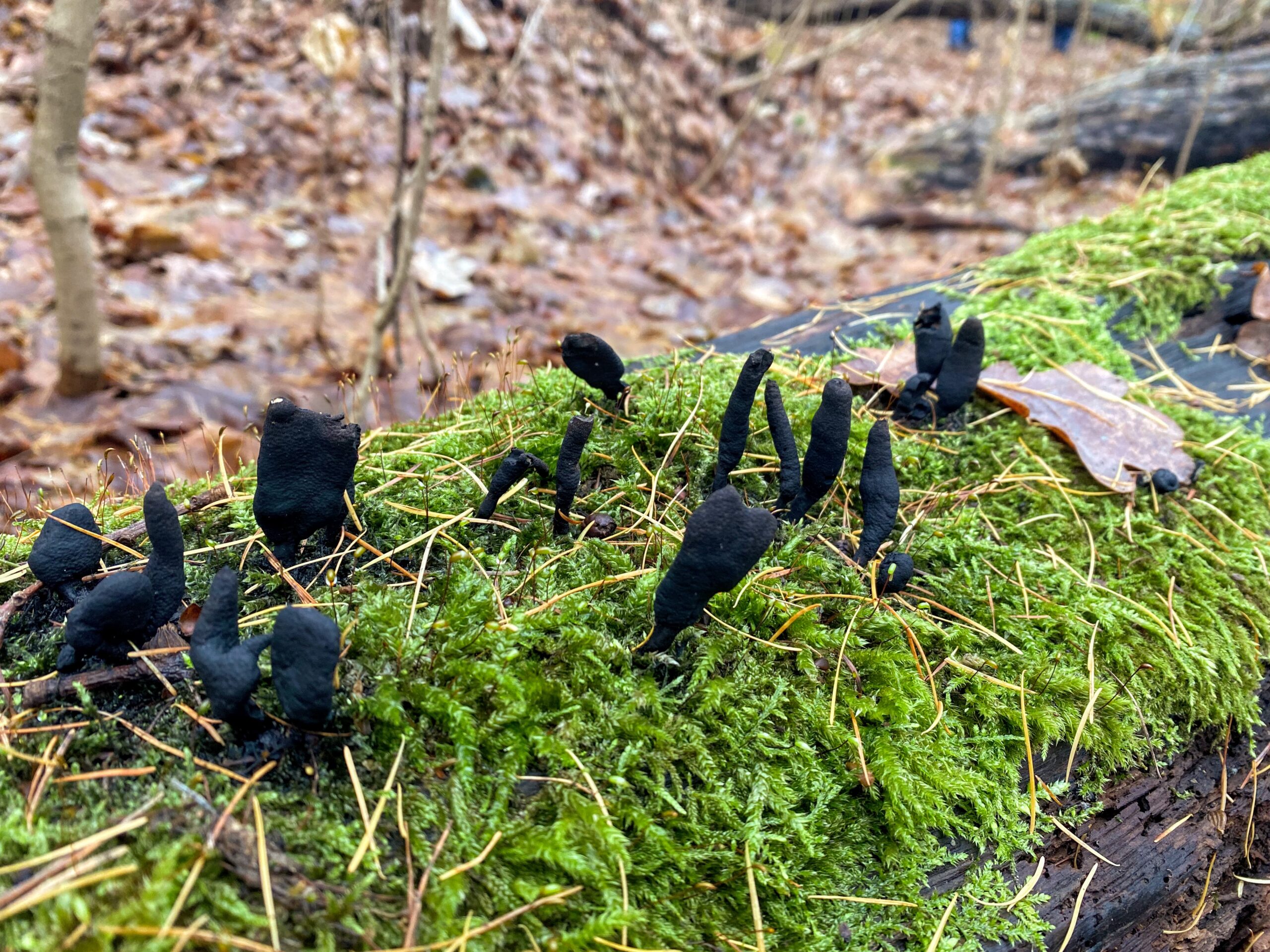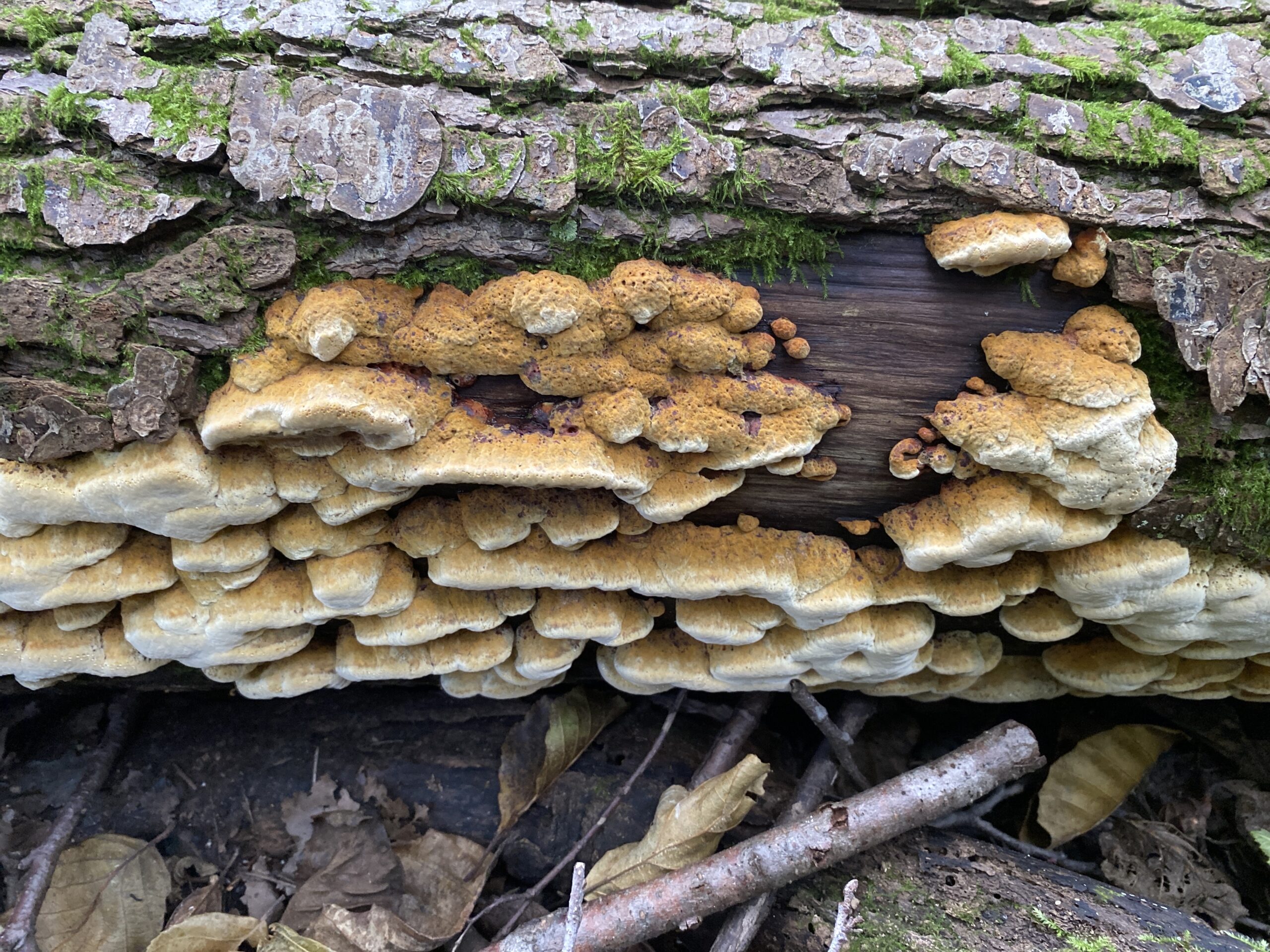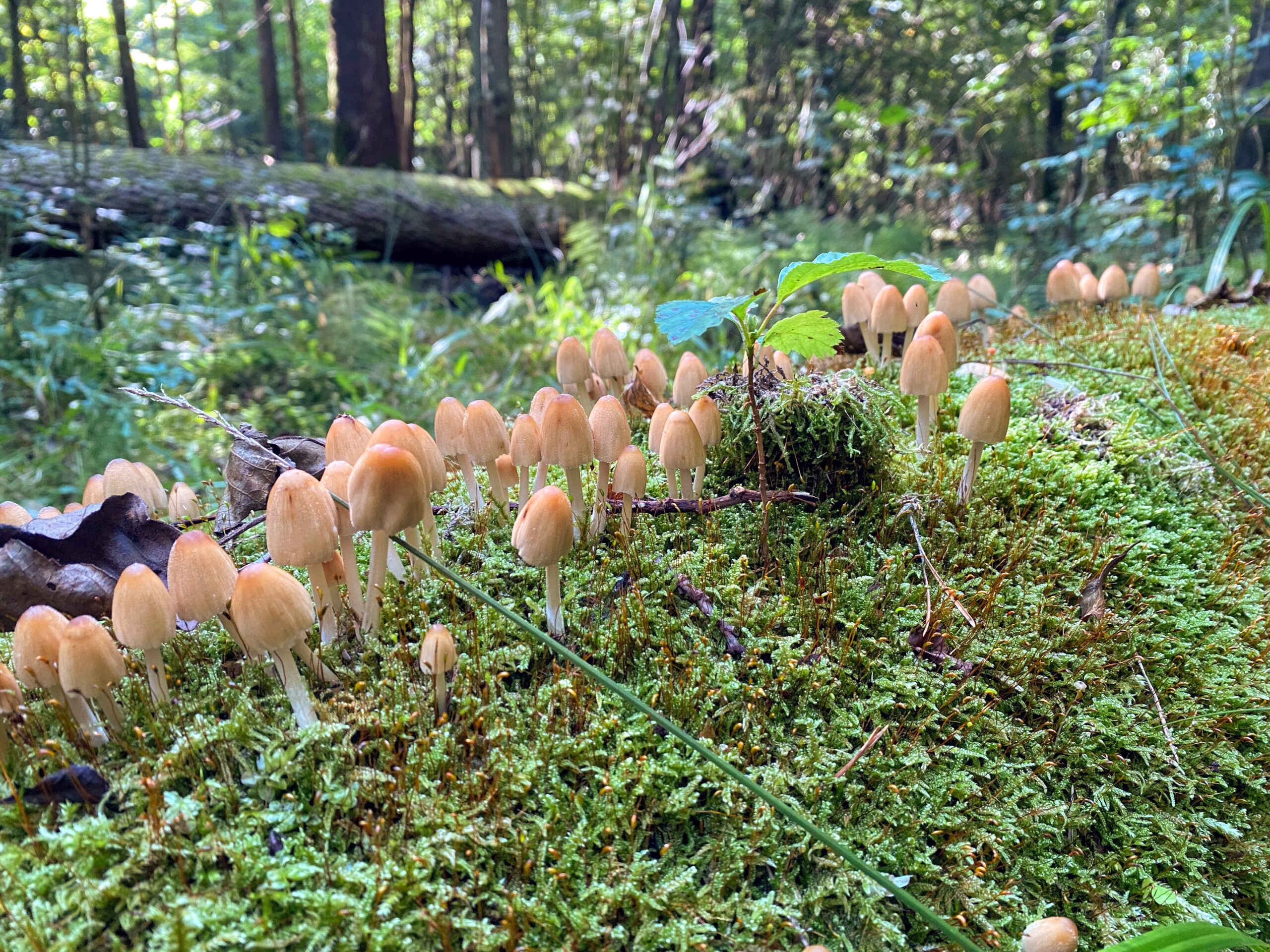Communication on fungal species
Improving identification of and unambiguous communication on fungal species
Communicating and comparing biodiversity data hinges on species names, anchored by type specimens. So far, about 150,000 fungal species have been scientifically described, out of which ca. 85,000 do not have DNA sequences available. This makes the translation from old descriptions into modern species concepts tricky, and has resulted in huge inconsistencies in name use in checklists, identification guides and sequence databases. This lack of consistency strongly reduces comparability across fungal data types and platforms, and slows down taxonomic progress in fungi, where the real number of species vastly outnumber those described. This WP includes extensive efforts to sequence type specimens and thereby to fix the use of Latin binomials and respective Species Hypotheses (SHs) in UNITE – a database and sequence management environment providing identification of Eukaryotes based on rDNA ITS sequences and their communication via DOIs. UNITE includes almost 300.000 SHs distinguished among a global corpus of >8 mln fungal ITS sequences. This effort, along with DNA barcoding of voucher materials obtained in WPs 3 and 4, is expected to diminish the currently overwhelming share of unnamed SHs based only on eDNA from high-throughput sequencing.
Objectives
Sequencing of type specimens preserved in European fungaria to fix unnamed and ambiguously named SHs in UNITE. We will extract DNA barcode sequences from as many fungal types as possible, and link these to SHs in UNITE. Preliminary agreements show that we will have access to ca. 10.000 types from major and smaller fungaria for sequencing, taxonomic interpretation and annotating UNITE SHs.
Developing sequencing protocols for specimens with degraded DNA. An important achievement linked to O1-1, with importance well beyond the fungal kingdom, will be the development of optimised sequencing protocols for specimens with degraded DNA by next generation sequencing.
Identifying European species in need of epitypification. We will compile cases where the holotype, lectotype, or previously designated neotype, or all original material associated with a validly published name, cannot be identified for the purpose of the precise application of the name to a species. In collaboration with WP3 efforts will be made to epitypify these species.
Developing optimal workflows for uploading DNA sequences derived from type specimens and annotating SHs. We will create a workflow that facilitates 1) uploading of newly created DNA sequences and associated metadata using PlutoF data management platform, and 2) annotating public INSD sequences incorporated in UNITE SHs.
Tasks
Sequencing of types: Careful selection and minimally destructive sampling of type specimens will be performed by dedicated staff of FunDiv in collaboration with, or by curators of collaborating fungaria across Europe. We will design a decision tree to allow selection of the optimal sequencing strategy for each specimen, based on age, quantity and quality of the specimen and extracted DNA. Important steps of the process are: (1) testing alternative DNA extraction methods (using commercially available extraction kits and alternatives) for their suitability to obtain decent quality DNA from old specimens, and (2) evaluating the quantity and quality of extracted DNA that would lead to the choice of amplicon sequencing technique and a sequencing platform. When desirable, multiple markers will be targeted, including ITS, the standard barcode for fungi. Responsible partner: NBC with regional subordination from SMNS, UT, UGent, ASEA-UNINE, CEFE, ELTE, CSIC, UNITO, UNIWARSAW and LUOMUS.
Compiling lists of taxa targeted for (epi)typification: We will list species names that are ambiguous in taxonomic interpretation and are missing a sequenceable type, and material suitable for lecto- or neotypification. The resulting candidate species for epitypification will be evaluated in collaboration with taxonomists inside and outside the consortium, before being shared with WP3 for an epitypification mission involving citizen scientists. Responsible partner: NBC with regional subordination from SMNS, UT, UGent, ASEA-UNINE, CEFE, ELTE, CSIC, UNIT, UNIBO and LUOMUS.
Annotation of SHs in UNITE: This includes designating or updating the type status of available sequences, designating reference sequences from voucher specimens provided with a correct taxon name and supplementing metadata on such key sequences linking Latin binomials to ITS-based SHs. We will also build a standardised workflow for uploading ITS sequences derived from vouchers, their metadata and photos that will expand the corpus of images to be used for training of AI-based species recognition systems in WP2. Responsible partner: UT with collaboration from NBC, SMNS, UGent, ASEA-UNINE, CEFE, ELTE, CSIC, UNITO and LUOMUS.









